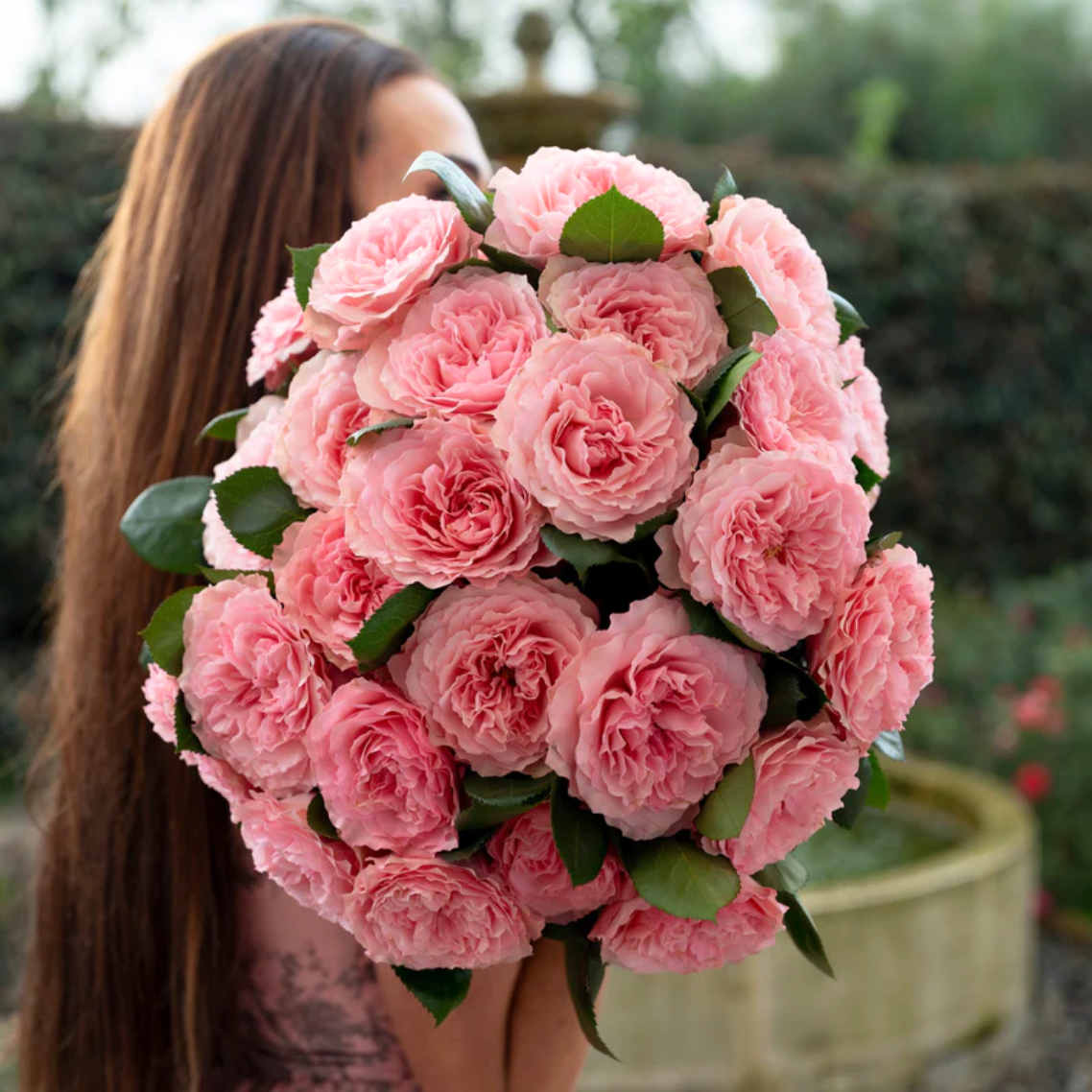Roses are among the most beloved flowers in the gardening world, with countless varieties available to enthusiasts and casual gardeners alike. Among these, David Austin roses stand out for their unique characteristics and charm. But how do they compare to traditional garden roses? In this article, we’ll delve into the key differences between David Austin roses and traditional garden roses, focusing on breeding and aesthetics, as well as care requirements and resilience.
1. Breeding, Aesthetics, and Blooms
David Austin Roses

Developed by British horticulturist David Austin in the 1950s, these roses were bred to combine the beauty and fragrance of old-fashioned roses with the repeat blooming and disease resistance of modern hybrids. Characterized by their lush, cupped blooms resembling peonies, David Austin roses come in a variety of colors, including soft pastels and vibrant hues. They are known for their delightful fragrances, often featuring complex scent profiles that can include fruity, spicy, or musky notes.
Traditional Garden Roses

In contrast, traditional garden roses, or heirloom roses, refer to those cultivated over many generations, such as Damask, Gallica, and Bourbon roses. These roses vary widely in appearance, often showcasing classic, open bloom structures with delicate petals. While their fragrance is exceptional, traditional garden roses may not match the fullness of David Austin roses. Their historical significance and classic beauty make them cherished in many gardens, despite their varied aesthetics.
2. Care Requirements and Resilience
David Austin Roses

These roses are bred for resilience and generally require less care than traditional varieties. With better disease resistance, they are suitable for novice gardeners, thriving in well-drained soil with at least six hours of sunlight daily. Regular watering, deadheading, and annual pruning encourage vigorous growth and abundant flowering, resulting in blooms throughout the growing season.
Traditional Garden Roses

While traditional garden roses can be long-lived and often carry historical charm, they may require more attention and care. Many heirloom varieties are susceptible to diseases like black spot and powdery mildew, necessitating vigilant monitoring. Although rewarding, they often prefer specific soil conditions and may need more frequent fertilization. Their blooming period may also be shorter compared to David Austin roses, with some only flowering once a year.
Conclusion
In summary, both David Austin roses and traditional garden roses offer unique appeals, and the choice between them ultimately depends on personal preferences and gardening goals. David Austin roses provide a blend of modern resilience and old-fashioned beauty, making them accessible to gardeners of all skill levels. In contrast, traditional garden roses present historical charm and exquisite fragrances, though they may demand more care and attention.
Whether you choose David Austin roses for their abundant blooms and ease of care or traditional garden roses for their timeless elegance and history, both types can bring joy and beauty to your garden. Understanding their differences will help you make informed decisions about which roses to plant, ensuring a flourishing and vibrant garden for years to come.

